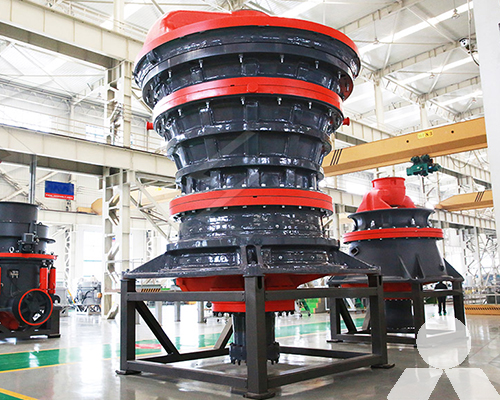The Production Capacity of 1336 Allis Chalmers Gyratory Crusher
The Allis Chalmers gyratory crusher, a popular and renowned piece of machinery in the mining and aggregate industries, played a crucial role in revolutionizing crushing technology. With its innovative design and ability to process large volumes of material efficiently, it significantly impacted the productivity of mining operations.

Gyratory Crusher Design and Functionality: The Allis Chalmers gyratory crusher was designed to handle tough materials and provide high throughput. Its distinctive feature was its large opening at the top, enabling it to accept larger feed sizes than conventional primary crushers. This design allowed for a higher production capacity and facilitated easier maintenance.
Production Capacity: The production capacity of the Allis Chalmers gyratory crusher varied depending on several factors, including the type of material being crushed, the CSS (closed side setting) of the crusher, the feed size distribution, and the eccentric throw of the main shaft. Generally, the crusher’s capacity ranged from several hundred tons to over a thousand tons per hour. This wide range of capacity made it suitable for various mining and aggregate applications.
Advantages of High Production Capacity:
- Increased Efficiency: The ability to process large amounts of material in a single pass improved operational efficiency, reducing the need for multiple stages of crushing.
- Cost Savings: Higher throughput meant that fewer crushers were required to achieve the desired production levels, leading to cost savings in equipment, energy, and maintenance.
- Rapid Material Processing: The Allis Chalmers gyratory crusher could quickly process high volumes of ore or aggregate, essential for meeting fluctuating market demands.
- Reduced Downtime: The robust design and ease of maintenance minimized downtime, allowing for continuous operation and increased production.
Impact on Mining Operations: The availability of a high-capacity crusher like the Allis Chalmers gyratory model had a transformative impact on mining operations. It allowed mines to scale up their production, process ore more efficiently, and respond to market demands promptly. The crusher’s reliability and consistent performance contributed to sustainable growth in the mining industry.
Conclusion: The Allis Chalmers gyratory crusher, with its remarkable production capacity, reshaped the landscape of the mining and aggregate industries. Its innovative design, efficiency, and reliability set new standards for large-scale crushing equipment. Though newer technologies have emerged since its heyday, the influence of the Allis Chalmers gyratory crusher on modern crushing practices remains undeniable, reminding us of the importance of continuous innovation in mining machinery.









